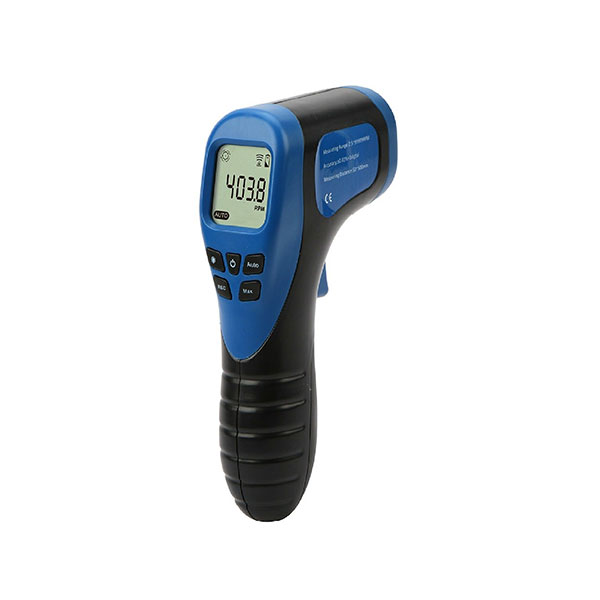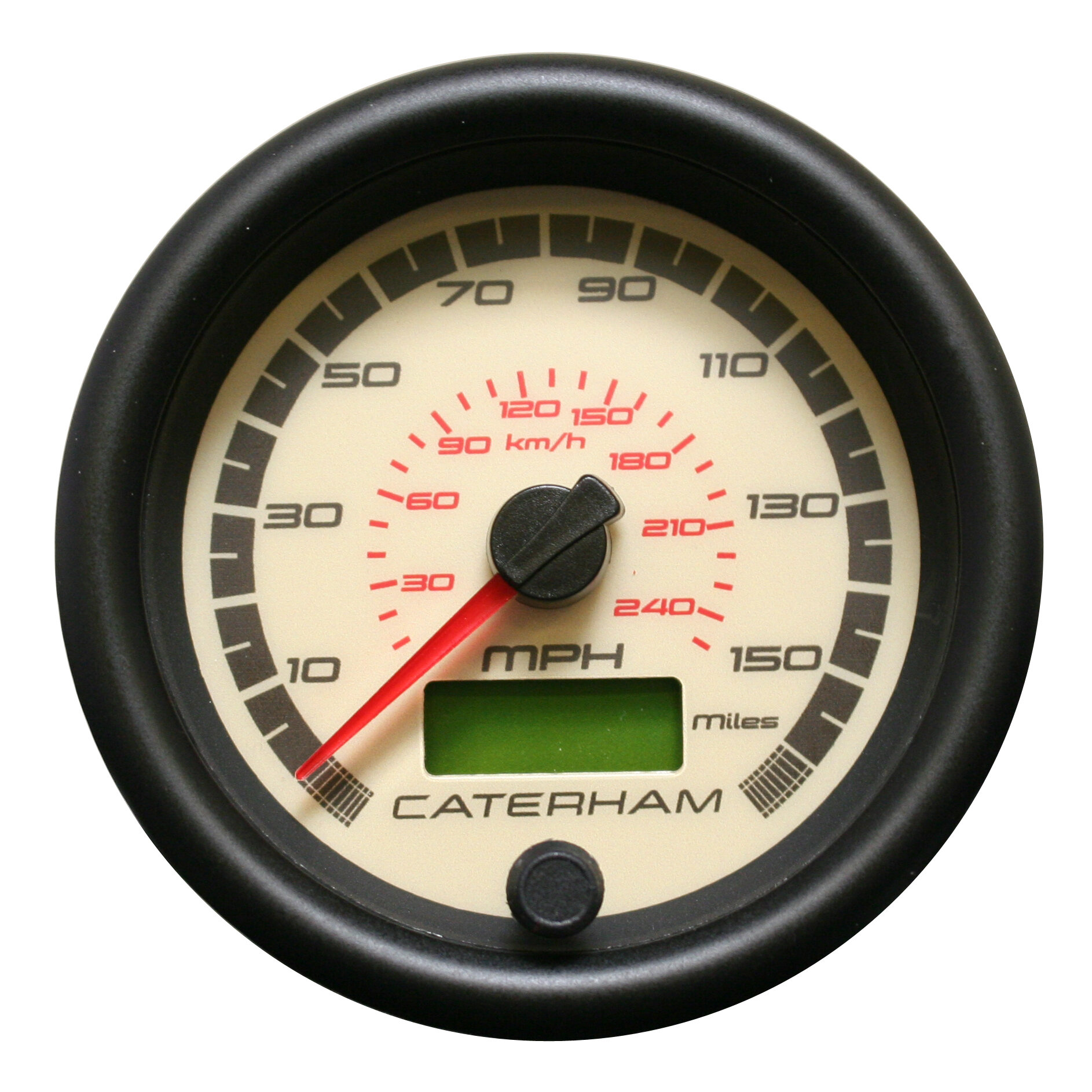Expert Tips for Maintaining and Calibrating Your Tachometer
Expert Tips for Maintaining and Calibrating Your Tachometer
Blog Article
Opening the Tricks of Tachometers: Everything You Need to Understand About This Vital Instrument in Your Vehicle
Recognizing the details of tachometers can supply useful insights into your lorry's efficiency and maintenance requirements. From gauging engine speed to decoding the data it offers, tachometers act as an important tool for lorry proprietors and lovers alike. By deciphering the mysteries behind this crucial tool, you can unlock a wide range of information that can boost your driving experience and make sure the longevity of your lorry.
Significance of Tachometers
The significance of tachometers hinges on their ability to give important real-time data regarding an engine's rotational speed, permitting exact monitoring and upkeep of machinery. By gauging the revolutions per min (RPM) of an engine's crankshaft, tachometers offer useful insights right into the engine's efficiency - tachometer. This data is crucial for making sure that the engine runs within its optimum variety, staying clear of prospective damages from over-revving or underperforming
Tachometers play an important duty in helping operators and technicians discover any kind of anomalies in the engine's rate, which can suggest issues such as fuel ineffectiveness, mechanical troubles, or excessive stress on the engine. By without delay identifying these problems with tachometer analyses, upkeep can be carried out proactively, stopping costly repairs and downtime in the future.
Moreover, tachometers are especially critical in high-performance vehicles and machinery, where accurate control over engine speed is needed for optimum procedure. Competing vehicles, airplane, and commercial tools rely upon tachometers to deliver peak performance while preserving safety and security criteria. Basically, tachometers are not simply tools for gauging rate however important tools for making sure the smooth and reliable operation of engines throughout numerous applications.
How Tachometers Measure Engine Speed
Using sensors that discover the regularity of electric pulses created by the engine's ignition system, tachometers properly measure the rotational rate of an engine. By monitoring the rate at which these pulses are received, tachometers offer real-time feedback on how quick the engine's crankshaft is rotating per minute, commonly referred to as changes per minute (RPM)
The tachometer's sensing unit, commonly attached to the engine's ignition coil or ignition system cords, chooses up the electric signals created each time a cyndrical tube fires. These signals are then transformed into RPM analyses displayed on the scale or tool cluster within the chauffeur's sight. Tachometers can be analog or digital, with contemporary vehicles typically including digital screens for specific and instant RPM analyses.
This information is vital for drivers to comprehend the engine's performance, protect against over-revving, enhance equipment changing, and guarantee reliable gas consumption. By properly measuring engine speed, tachometers play a crucial duty in assisting motorists run their automobiles securely and efficiently.
Translating Tachometer Analyses
Having a clear understanding of how tachometers measure engine speed establishes the structure for properly interpreting the RPM readings showed. Translating tachometer analyses is essential for ideal automobile efficiency and engine wellness. RPM (Revolutions Per Minute) readings on the tachometer indicate the speed at which the engine's crankshaft is rotating. When the engine is idling, the tachometer needle usually relaxes around 600-1000 RPM, relying on the lorry. As you increase, the RPM will increase, reflecting the engine's higher rotational speed. When shifting gears in a manual transmission vehicle, the RPM will go down as you involve the clutch and adjustment equipments, after that increase once again as you speed up in the new gear. Checking the tachometer can aid you establish one of the most effective moving indicate make best use of gas economic situation and engine power. In addition, irregular variations or consistently high RPM analyses can show possible problems with the engine that may require specialist focus. By focusing on the tachometer readings and understanding just how to i was reading this translate them, you can guarantee your automobile operates efficiently and successfully.


Tips for Utilizing Tachometers Effectively
To improve driving efficiency and maximize engine performance, what trick techniques can be implemented for successfully utilizing tachometers? Tachometers are vital tools that supply real-time feedback on engine speed, making it possible for chauffeurs to make enlightened decisions for much better efficiency - tachometer. Here are some pointers for utilizing tachometers efficiently:
Recognizing Optimal RPM Range: Familiarize yourself with the optimal RPM (Transformations Per Min) array for your vehicle. Keeping the engine within this range can improve fuel effectiveness and extend the engine's life-span.
Changing Equipments at the Correct Time: Use the tachometer to identify the finest time to move gears. Upshifting prematurely or far too late can lead to decreased efficiency and performance. Goal to move equipments when the RPM gets to the optimum array for the following equipment.
Keeping An Eye On Engine Stress And Anxiety: High RPMs for long term durations can stress the engine. Keep an eye on the why not look here tachometer to avoid over-revving, particularly during velocity or when lugging hefty tons.
Tachometers and Car Maintenance
When considering lorry upkeep, tachometers play a vital function in keeping an eye on engine performance and spotting potential concerns. Tachometers supply vital data on engine rate, enabling chauffeurs and mechanics to make certain that the engine is running within the recommended RPM array. Consistently keeping track of the tachometer analyses can assist identify troubles such as engine misfires, worn-out spark plugs, or concerns with the fuel delivery system. By taking notice of the tachometer, chauffeurs can prevent extreme strain on the engine, which can bring about expensive fixings down the line.
In addition to identifying potential problems, tachometers can additionally aid in maximizing gas efficiency. By keeping the engine rate within the optimal range, motorists can boost their gas mileage and reduce fuel intake. This not only benefits the motorist's pocketbook read the article but also adds to ecological preservation by lowering damaging exhausts.
Conclusion

Report this page